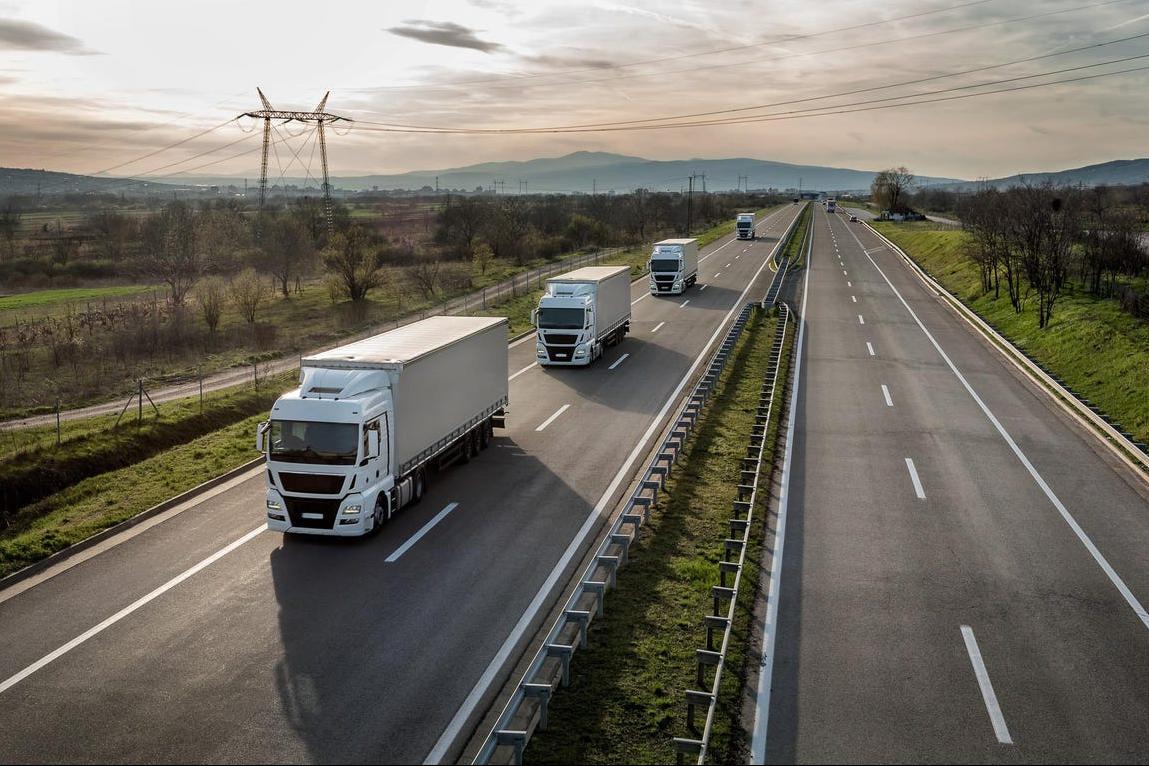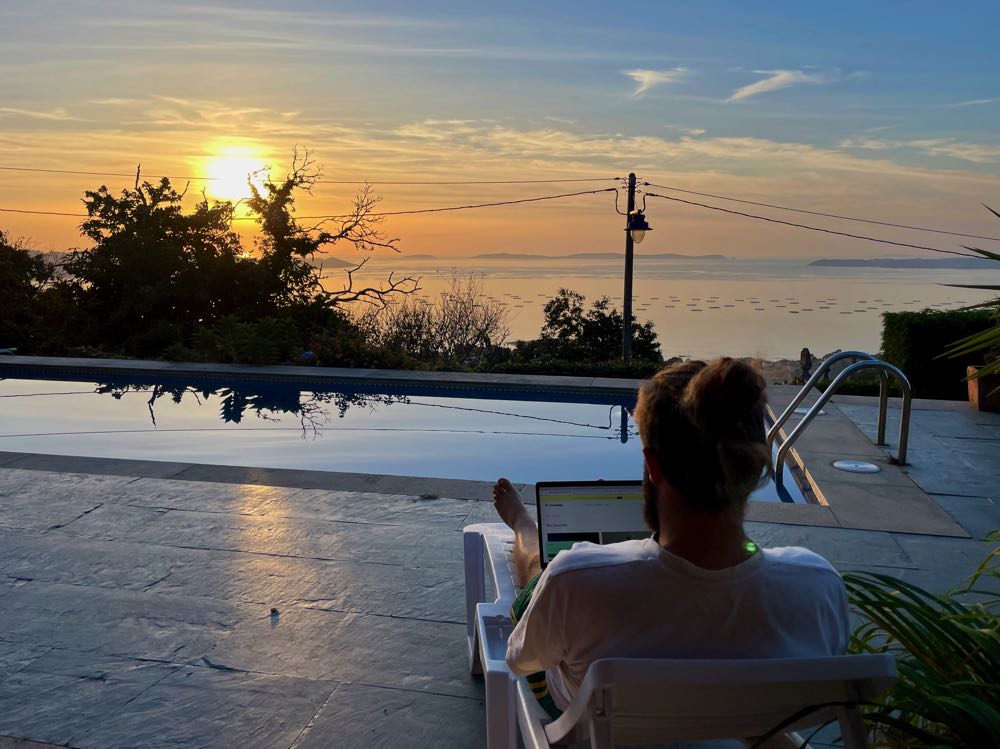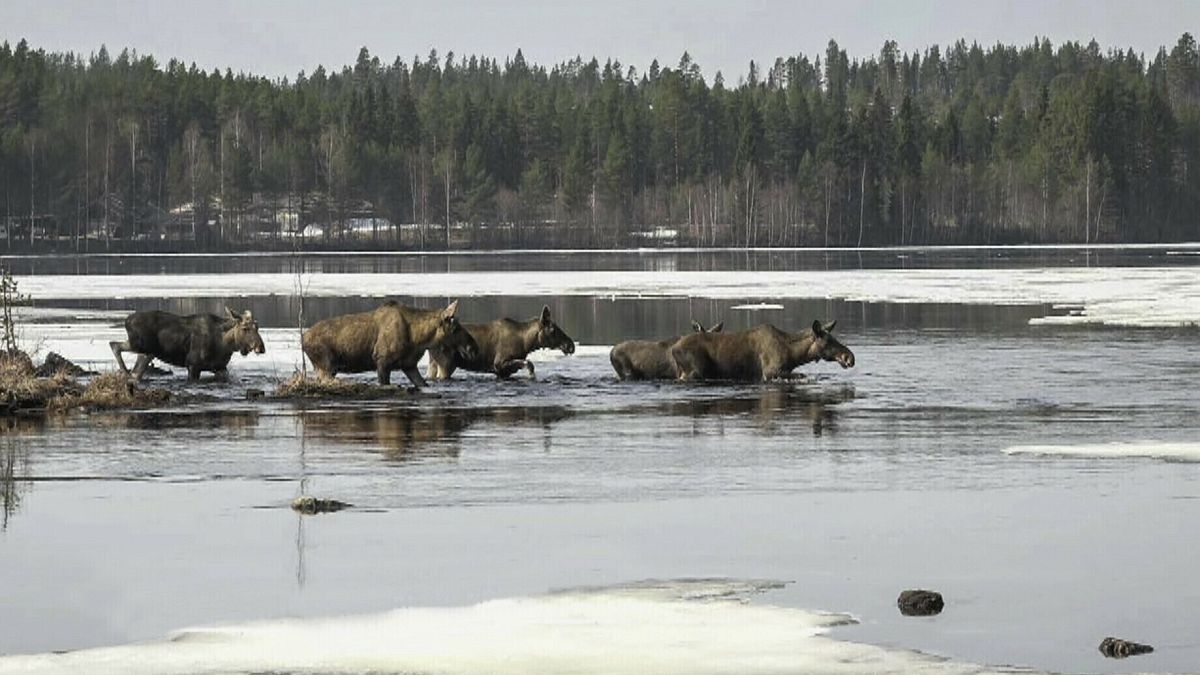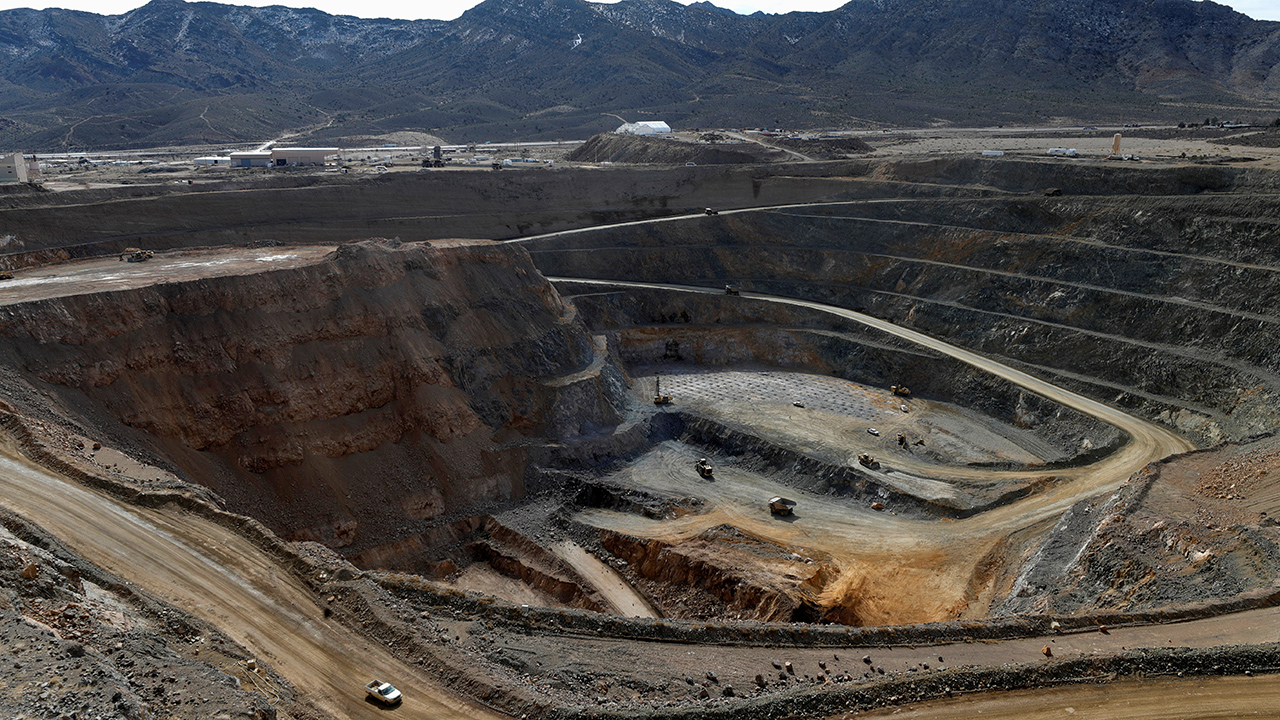Innovative Water Management – Steps The Netherlands Is Taking For A Resilient Environment

The Netherlands has long been recognized as a global leader in water management. With nearly one-third of its land below sea level and a history of devastating floods, the country has transformed its geographic vulnerability into a model of resilience and innovation. Today, the Dutch approach to water management is not only about defending against rising seas and swollen rivers—it's about working with water, not against it.
This philosophy has led to groundbreaking techniques that many countries now look to replicate. Let’s explore how the Netherlands is setting a new standard for environmental resilience through innovative water strategies.
1. Room for the River: A Paradigm Shift
Traditionally, flood protection relied on building higher and stronger dikes. However, the Netherlands took a bold step away from that mindset with its Room for the River program. Instead of constraining water, this initiative makes space for rivers to safely overflow.
By relocating dikes, lowering floodplains, and creating side channels, the Dutch have reduced flood risk while enhancing natural ecosystems and urban landscapes. Cities like Nijmegen have transformed former risk zones into public parks, merging safety with quality of life.
2. The Sand Motor: Nature-Driven Engineering
To combat coastal erosion, the Dutch developed an innovative project called the Sand Motor (Zandmotor). Instead of reinforcing shorelines with hard structures, they added a massive volume of sand to the coast and let natural currents distribute it over time.
This nature-based solution not only protects the coastline but also boosts biodiversity and recreational space. It’s a prime example of how ecological engineering can work in harmony with environmental forces rather than trying to overpower them.
3. Floating Architecture and Amphibious Housing
With sea levels rising, the Netherlands is also investing in adaptive architecture. Floating homes, like those in the Waterbuurt neighborhood of Amsterdam, are no longer futuristic concepts—they’re lived-in, functioning residences. These houses rise and fall with water levels, offering a flexible and sustainable alternative to traditional housing in flood-prone areas.
Amphibious structures, which rest on solid ground but can float when water rises, are also being piloted in flood zones. These designs may become increasingly important for low-lying cities worldwide.
4. Smart Infrastructure and Real-Time Water Monitoring
Modern Dutch water management uses technology to stay ahead of disaster. Real-time monitoring systems track rainfall, river levels, and tidal patterns. Centralized digital platforms give water boards and municipalities immediate access to data, allowing them to make informed decisions quickly.
These smart systems are particularly useful for managing urban flooding during extreme weather events. Rainwater capture systems and permeable pavements are also integrated into city planning to ease the burden on storm drains.
5. Global Collaboration and Exporting Expertise
The Netherlands doesn’t keep its knowledge to itself. Dutch water engineers are involved in international projects from New York to Jakarta, advising on flood defense, urban drainage, and sustainable coastal development. Dutch expertise was instrumental in rebuilding New Orleans' levees after Hurricane Katrina.
This global engagement underscores the belief that water challenges are shared, and solutions should be too.
A Blueprint for the Future
In an era marked by climate change, extreme weather, and rising sea levels, the Dutch model offers both inspiration and practical tools for resilience. By combining engineering, ecological insight, and a deep respect for water, the Netherlands has created a system that not only protects its people but also enhances the environment.
Other nations are beginning to follow suit, but the Dutch remain pioneers—proving that when it comes to water, the future belongs to those who innovate.
What's Your Reaction?
 Like
0
Like
0
 Dislike
0
Dislike
0
 Love
0
Love
0
 Funny
0
Funny
0
 Angry
0
Angry
0
 Sad
0
Sad
0
 Wow
0
Wow
0



















































.png?Expires=1838763821&Key-Pair-Id=K2ZIVPTIP2VGHC&Signature=IO0~CT3pU-TcxGc~yoZSmoQx23MZVuK-~4jSii~NKEblRmyO3el7NXPu~Rh1o23voASg7hlcHLw4kvQuDK1jssEhcjoNBBvEpZ~GGOAU6yosBhpHpeF179F~h7i6VxmsBNh9gtTutkoqY73O2YCFey~IAqSzKbBqETP1kP9cAg1916Z1YkJJs-5MliMrkZ5d7-mWGLbpHp2wGj2VlMph8XzYlL4~y1O7fB~JdIS~Rs4RMRs2x0WT1qUIpHAsf3GdwtOyAmKFSpIg8xCyNGZZ5h~13nXlmpd7uPvW8tBfttpG9pFTqcway-uch5WyfHOEfi7UlJCOWrr6fCYY5PMgSg__)






